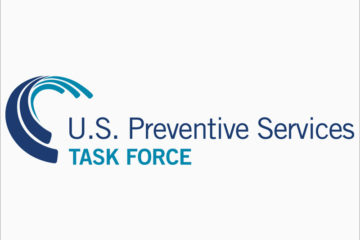On September 10, 2019, the Centers for Disease Control and Prevention (CDC) released their 2017 Viral Hepatitis Surveillance Report. The report comes after the World Health Assembly in 2016, where the United States agreed to adopt the first ever Global Hepatitis Strategy, with the goal of eliminating viral hepatitis by 2030. The 65-page report includes national hepatitis data and trends, and provides key information to assess the progress towards achieving hepatitis elimination.
The National Viral Hepatitis Roundtable (NVHR) conducted a thorough analysis of the report. Here are some of their key takeaways:
- Hepatitis A cases increased nearly 70% from 2016 – 2017, mostly due to person-to-person outbreaks occurring among people who use drugs and people experiencing homelessness.
- The US is going in the wrong direction when it comes to reducing new hepatitis B and C infections, driven by unsafe injection drug use associated with the opioid crisis. There were an estimated 22,000 new hepatitis B cases and 44,000 new hepatitis C infections in 2017.
- Deaths related to hepatitis B and C are declining, but for whom? Some racial and ethnic groups are dying in disproportionate numbers from these treatable infections. In 2017, Asian Americans and Pacific Islanders died at a rate more than 5 times the national target. In the same year, American Indians and Alaskan Natives died from hepatitis C at a rate nearly 2.5 times more than the national target.
Read NVHR’s full press release with their key takeaways here.


